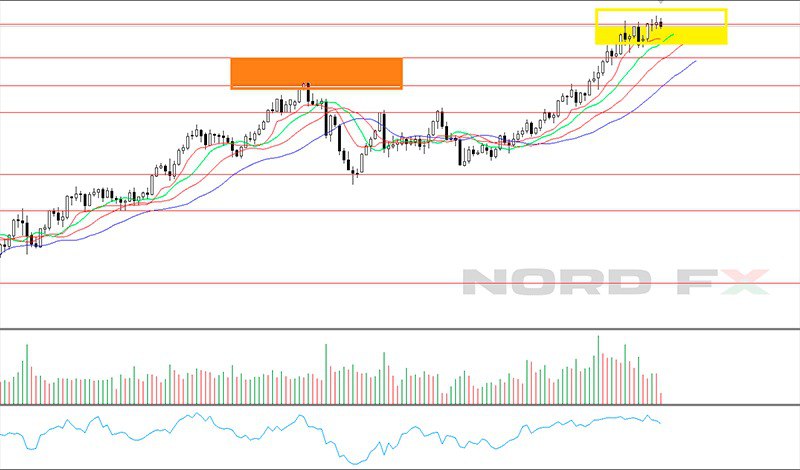Backtesting is an essential step in refining any trading approach. By manually backtesting a trading strategy, traders can assess its historical performance before risking real capital. While automated testing is popular, manual backtesting provides a deeper understanding of market conditions, price action, and decision-making processes. This guide will walk you through the process of backtesting a trading strategy on MT4 and MT5, highlight common mistakes, and ensure you get the most accurate results.
Key Takeaways:
- Manual backtesting helps traders develop confidence and refine their decision-making skills.
- Using MT4 and MT5, traders can analyze historical price movements and test strategies without automation.
- Avoid common mistakes such as overfitting, ignoring spread and commissions, and relying on biased sample sizes.
What is Backtesting in Trading?
Backtesting is the process of evaluating a trading strategy using historical data to determine its potential effectiveness. By replaying past market conditions, traders can see how their strategy would have performed over time. Unlike automated backtesting, manual backtesting requires traders to manually go through charts, execute hypothetical trades, and document results.

Why Should You Manually Backtest a Trading Strategy?
While many traders rely on automated backtesting, manual backtesting offers several advantages:
✔️ Better understanding of price action – You gain insights into market behavior, trends, and reversals.
✔️ Improved trading discipline – You develop a systematic approach by following your strategy’s rules.
✔️ More realistic testing – Manual backtesting allows for subjective decision-making, just as in live trading.
Step-by-Step Guide to Backtest a Trading Strategy on MT4 & MT5
Step 1: Define Your Trading Strategy
Before backtesting, you need a well-defined strategy. This includes:
- Trading setup – Entry and exit conditions (e.g., moving average crossovers, price action patterns).
- Timeframe – Choose the timeframe that best suits your strategy (e.g., 15M, 1H, Daily).
- Risk Management – Define stop-loss, take-profit levels, and position sizing.
Step 2: Open Historical Data in MT4 or MT5
- Open MT4/MT5 and go to the "View" menu.
- Select "Strategy Tester" (in MT5, you can also use the "Replay Mode").
- Load historical data for the asset and timeframe you wish to test.
Step 3: Manually Scroll Through the Chart
- Disable the "Auto Scroll" function to prevent the chart from jumping forward.
- Move back in time and analyze the market as if you were trading live.
- Identify trade setups according to your strategy.
Step 4: Record Your Trades
Each time you identify a trade setup, log the following details:
✔️ Entry price & time
✔️ Stop-loss & take-profit levels
✔️ Trade outcome (win/loss and size of gain/loss)
Use a spreadsheet to track these results.
Step 5: Analyze Results & Adjust
- Calculate the win rate, risk-reward ratio, and drawdowns.
- Identify weaknesses – Are stop-losses too tight? Are winning trades cutting profits too soon?
- Adjust and refine the strategy if needed.
Common Mistakes to Avoid in Manual Backtesting
Ignoring Market Conditions
A strategy that works in a trending market might fail in ranging conditions. Consider different market phases when backtesting.
Overfitting the Strategy
Tweaking a strategy too much based on past data can make it ineffective in live trading. Ensure your rules are logical and adaptable.
Neglecting Transaction Costs
Spreads, commissions, and slippage impact real trading results. Factor them in while backtesting.
Using Too Small a Sample Size
Testing on just a few trades or one market period is unreliable. Aim for at least 100 trades across different conditions.
Emotional Bias
Since manual backtesting is subjective, traders may unconsciously ignore losing trades. Stick to objective criteria for every decision.
Conclusion
Manual backtesting in MT4 and MT5 is an invaluable tool for traders looking to refine their strategies before entering the live market. While time-consuming, it offers deeper insights into market behavior, improves discipline, and helps traders gain confidence. By following this structured step-by-step approach and avoiding common mistakes, traders can increase their chances of long-term success.
Frequently Asked Questions (FAQ)
1. How long should I backtest a trading strategy?
It depends on the strategy, but a minimum of 100 trades or at least one year of historical data is recommended.
2. Can I backtest on a demo account instead?
Yes, forward testing on a demo account is also useful, but backtesting provides quicker insights into past performance.
3. How do I know if my strategy is profitable?
Calculate the win rate, risk-reward ratio, and profit factor. A consistently positive return over many trades suggests profitability.
4. Should I only backtest forex strategies?
No, you can backtest strategies for stocks, commodities, and crypto as long as historical data is available on MT4 or MT5.
5. Is backtesting 100% reliable?
No. Market conditions change, and past performance doesn’t guarantee future results. However, a well-tested strategy increases confidence in live trading.
Go Back Go Back
